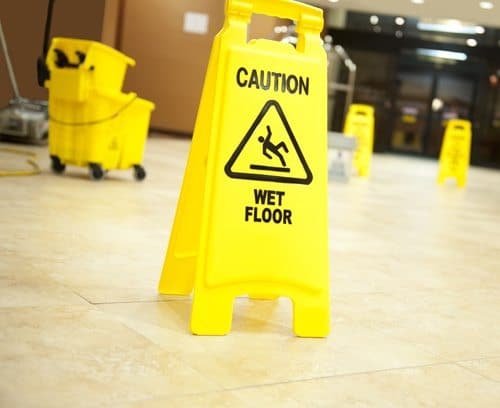How much do you know about rail safety? You might want to pay more attention when driving near or across railroad tracks because there’s been another Amtrak accident. In the latest in a string of train accidents, a Florida bound Amtrak train crashed into a freight train in Pine Ridge, South Carolina. At least two people were killed and more than 100 were injured. The train’s conductor, from Orange Park, Florida, died in the crash, as did the train’s engineer. Authorities say the Amtrak passenger train was on tracks reserved for a CSX freight train.
This is the third Amtrak accident in two months.
While this latest crash involved trains colliding with each other, most railroad accidents happen at crossings. In the recent Amtrack accident in Virginia, a train slammed into a truck that was on the tracks. Most railroad accidents in Florida happen because car and truck drivers don’t know railroad safety. A truck driver died in a recent SunRail crash outside Orlando while trying to move his semi off the tracks.
Do You Know These Train Safety Facts?
- The average locomotive weighs 200 tons. The weight ratio of a locomotive to a car is about the same as a car to a soda can. So next time you’re thinking about dashing across the tracks, picture your car running over a can of Pepsi.
- Unlike Amtrak trains or SunRail passenger trains, freight trains do not run on set schedules. If you don’t see a train at the crossing every day at 3:00 for a week, it doesn’t mean there won’t be one there tomorrow.
- A train can take up to a mile to stop. They don’t stop on a dime and they can’t swerve out of your way.
- Cars are required to stop 15 feet from the tracks and can cross only when they are certain the tracks are clear.
Those who operate and maintain public transportation systems are required to ensure public safety. If a train or bus accident injures you or someone you love, there is help. Contact the transportation safety attorneys at Martinez Manglardi PA. Call 407-846-2240 for a free consultation. Offices throughout Florida.






